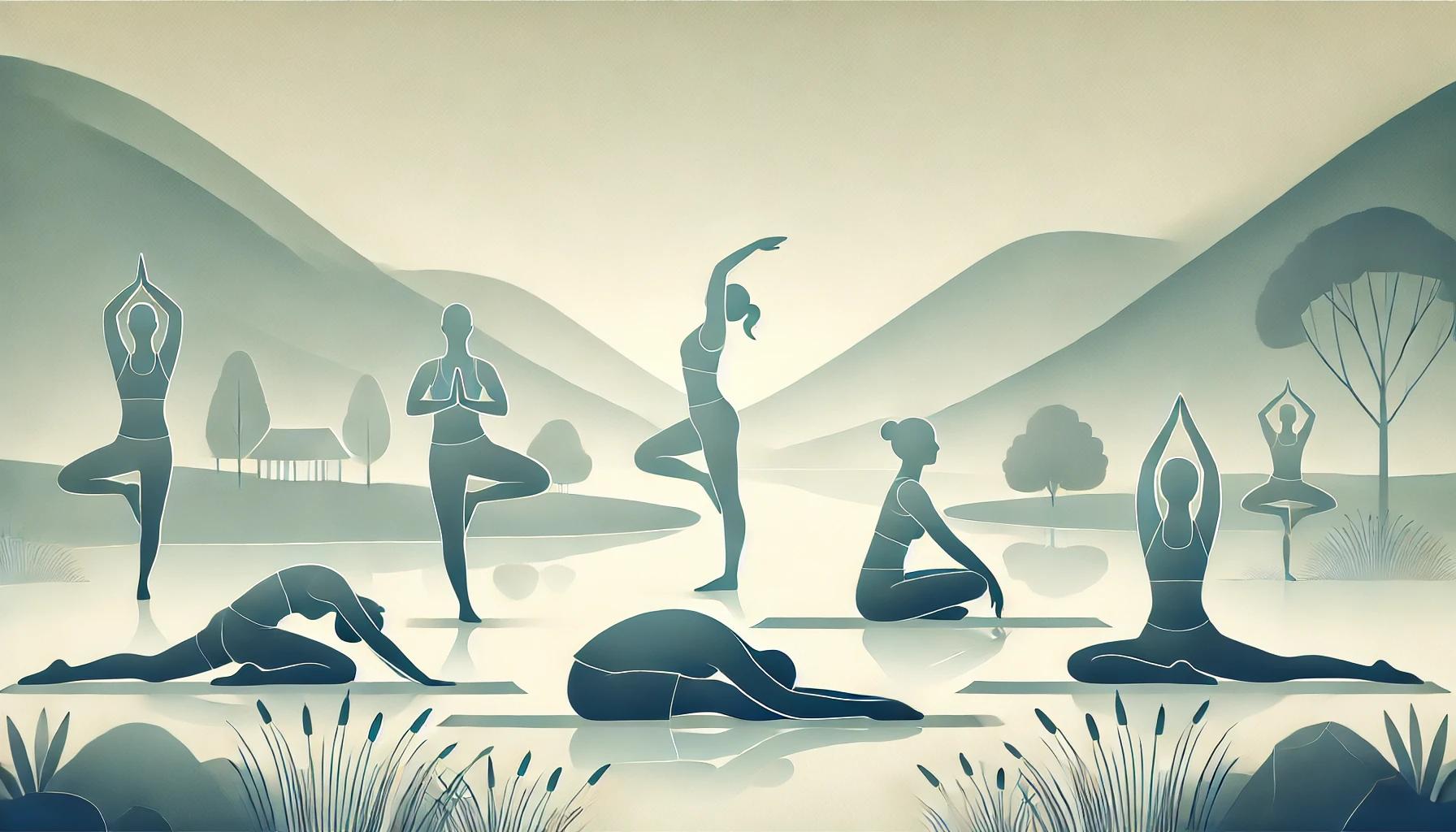Competitive sports, while exhilarating and rewarding, often come with high levels of stress. Athletes face immense pressure to perform, meet expectations, and cope with the physical demands of their sport. Chronic stress can negatively impact both mental and physical health, leading to burnout, decreased performance, and increased risk of injury. Yoga, with its holistic approach, offers effective tools to manage and reduce stress, helping athletes maintain peak performance and overall well-being. This article explores how yoga can reduce stress in competitive sports and improve athletes’ quality of life.
Understanding Stress in Competitive Sports
Stress in competitive sports can arise from various sources:
- Performance Pressure: The expectation to succeed and perform consistently can create significant stress.
- Training Load: Intense training schedules can lead to physical and mental fatigue.
- Injury and Recovery: The fear of injury and the recovery process can be stressful.
- Competition Anxiety: Pre-competition nerves and the pressure to win can elevate stress levels.
How Yoga Reduces Stress
Yoga combines physical postures, breath control, and mindfulness techniques that collectively help manage and reduce stress. Here are key ways yoga benefits athletes:
Physical Relaxation and Recovery
1. Muscle Relaxation and Flexibility: Yoga stretches and relaxes tight muscles, promoting physical relaxation. Poses like Child’s Pose (Balasana), Forward Bend (Uttanasana), and Reclining Bound Angle Pose (Supta Baddha Konasana) release muscle tension, enhancing flexibility and reducing physical stress.
2. Improved Circulation and Healing: Yoga improves blood circulation, which aids in the delivery of oxygen and nutrients to muscles, speeding up recovery and reducing muscle soreness.
Breath Control (Pranayama)
1. Deep Breathing Techniques: Pranayama, or breath control, is a core component of yoga. Techniques like Diaphragmatic Breathing, Alternate Nostril Breathing (Nadi Shodhana), and Ujjayi Breath help calm the nervous system, lower heart rate, and reduce anxiety.
2. Enhanced Lung Capacity: Breath control exercises increase lung capacity and improve respiratory efficiency, providing a calming effect and enhancing overall stamina.
Mental Focus and Mindfulness
1. Mindfulness Meditation: Yoga encourages mindfulness, the practice of being present in the moment without judgment. Mindfulness meditation reduces stress by promoting a sense of calm and helping athletes stay focused during high-pressure situations.
2. Mental Resilience: Regular yoga practice builds mental resilience, helping athletes cope with stress more effectively. Techniques such as visualization and positive affirmations enhance mental clarity and reduce negative thoughts.
Emotional Balance
1. Stress Hormone Reduction: Yoga has been shown to reduce levels of cortisol, the body’s primary stress hormone. Lower cortisol levels contribute to reduced anxiety and a more balanced emotional state.
2. Improved Mood and Well-Being: Yoga stimulates the release of endorphins, the body’s natural mood lifters. This results in improved mood, increased feelings of well-being, and reduced symptoms of depression and anxiety.
Yoga Poses to Reduce Stress
1. Child’s Pose (Balasana)
Benefits:
- Calms the mind and relieves stress
- Stretches the lower back and hips
- Promotes relaxation and grounding
How to Perform: Kneel on the floor, sit back on your heels, and separate your knees about hip-width apart. Lean forward, extending your arms in front of you or alongside your body, and rest your forehead on the mat. Hold for 1-3 minutes, breathing deeply.
2. Legs-Up-the-Wall Pose (Viparita Karani)
Benefits:
- Reduces stress and anxiety
- Improves circulation and relieves tired legs
- Promotes relaxation and recovery
How to Perform: Sit close to a wall and lie back, extending your legs up the wall. Your body should form an L-shape, with your legs resting comfortably against the wall. Relax your arms by your sides and hold the pose for 5-10 minutes, focusing on slow, deep breaths.
3. Reclining Bound Angle Pose (Supta Baddha Konasana)
Benefits:
- Opens the hips and chest
- Reduces stress and promotes relaxation
- Improves flexibility and circulation
How to Perform: Lie on your back with your knees bent and feet together. Allow your knees to fall open to the sides, bringing the soles of your feet together. You can place pillows or blocks under your knees for support. Rest your arms by your sides and hold the pose for 5-10 minutes, breathing deeply.
4. Forward Bend (Uttanasana)
Benefits:
- Calms the mind and relieves stress
- Stretches the hamstrings and lower back
- Promotes relaxation and flexibility
How to Perform: Stand with your feet hip-width apart. Inhale and lengthen your spine, then exhale and fold forward from your hips, reaching for your feet or shins. Let your head hang heavy and hold the pose for 1-3 minutes, focusing on your breath.
5. Corpse Pose (Savasana)
Benefits:
- Promotes complete relaxation and stress relief
- Calms the mind and reduces anxiety
- Enhances overall well-being
How to Perform: Lie flat on your back with your legs extended and arms resting by your sides, palms facing up. Close your eyes and take slow, deep breaths, allowing your entire body to relax. Hold the pose for 5-10 minutes, focusing on releasing any remaining tension.
Conclusion
Yoga offers a powerful and effective approach to managing and reducing stress in competitive sports. Through physical relaxation, breath control, mindfulness, and emotional balance, yoga provides athletes with the tools they need to perform at their best while maintaining mental and physical well-being. Incorporating yoga into training routines can help athletes reduce stress, improve performance, and achieve a healthier, more balanced approach to competitive sports.
